We’re excited to introduce a new series on our website called “What We’re Learning Now.” As an office we’re fairly obsessed with continuing education – whether we’re in a classroom or online – and we thought it would be a good opportunity to share this information with our patients and adoring public. Dr. Jensen is currently pursuing his fellowship in Primary Spine Care at the Jacobs School Of Medicine And Biomedical Sciences/University of Buffalo and will have a lot of information to share.
What we’re learning now is: Walking. Dr. Jensen often recommends walking to our patients for spinal and overall health. There are four main benefits of walking.
First, walking can help bring cortisol levels down. Why is this important? Cortisol is the “stress hormone,” and high levels of cortisol can cause physical health problems. The forward motion of walking combined with bilateral stimulation (repeated right foot, left foot motion) is calming to the brain and that helps reduce cortisol and stress. Stressed out by that work call? Go for a walk.
Second, walking can help prevent metabolic slowdown. This happens as we age – our metabolism slows down and we become less glucose sensitive. This extra glucose gets stored in our fat, and this process can be mitigated by walking.
The third benefit of walking is assistance with memory and lessened risk of cognitive decline. A 2021 meta-analysis reported that walking 20 minutes per day reduced blood pressure, lowered risk of hypertension and heart disease, and stabilized blood sugar levels.
And, finally, walking helps keep your spine in good, working order. Proper spine motion and a smooth, efficient gait cycle are key to optimal human movement. Disruptions in either, such as poor spinal alignment or gait abnormalities, can lead to discomfort, inefficiency, or even injury. If you notice changes in your gait, we recommend getting that checked out.
As fundamental as walking is, it’s important to start where you are. If you’re new to walking, start out slowly and build up as you are comfortable. If you’re a seasoned walker, consider rucking (walking while wearing a weighted vest) which can help with bone strength as well. Please call our office for a consultation if you have any questions or would like a customized walking recommendation. If we don’t answer right away, chances are good that we’re out walking!

LOCATION:
3708 Forestview Road, Ste 203
Raleigh, NC 27612
FAX: 919-828-5676
© 2023 All Rights Reserved | Privacy Policy | Terms of Use